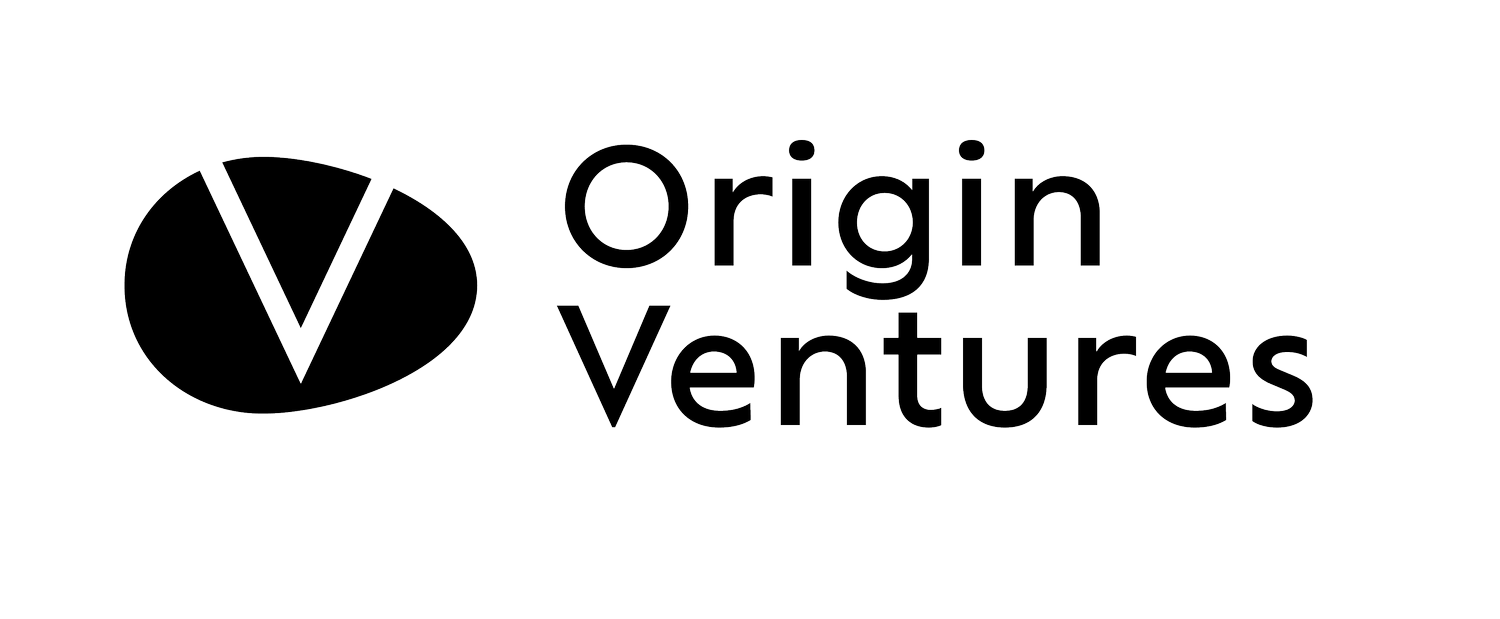Leave it to Technology: Why We Invested in Tilt
Early in my career at Google, a team member excitedly announced in a team meeting that he and his wife were expecting their third child. A day later, in our weekly 1:1 meeting, he informed me that he would have “dates to me shortly” for his planned absence - incorporating Family Medical Leave, as well as the company’s paternity leave policy. I nodded approvingly, and then went scrambling to try to figure out what I needed to do; how to best support this key team member; and how to manage the team in his absence.
Leaves of absence come in many forms, including federally mandated versions such as:
Family Medical Leave
Military Leave
Disability Leave
Jury Duty
Religious Observance
Applicable federal laws include the Fair Labor Standards Act (FLSA); the Affordable Care Act (ACA); the Family and Medical Leave Act (FMLA); Title VII of the Civil Rights Act; the Americans with Disabilities Act (AD); and others.
Other forms of leave are mandated at the local or state level, or are provided by an employer’s policies, including:
Bereavement
Public holidays
Vacation and sick days, or paid time off
Adoption leave
Short and long term disability
Meanwhile, 11 states mandate their own form of family medical leave, while 16 states require employers to offer paid sick leave. All states except Montana require penalty-free time off for jury duty, while 30 states require time off for voting.
How complex are all the permutations of leaves of absence and jurisdictions? So challenging that Xpert HR makes this chart available to summarize leave laws.
Then there are the stakeholders involved, including
Employees, who want a seamless experience built around the planned start / end dates of a leave of absence, without unintended pay interruptions
Supervisors, who want to be able to plan around absences to drive continuity in team performance
HR leaders, who want compliance with all federal, state, and local laws
Finance managers, who want an accurate and timely settlement process with insurers and / or government agencies
How important is it to the employee? A 2022 survey of 1,000 U.S. and European workers found that 92% of those that felt supported during a leave of absence reported high job satisfaction, while only 59% of those who did not feel supported reported the same satisfaction level at work.
And how important is compliance? In 2019, the Department of Labor initiated over half of all FMLA investigations - resulting in over $334M paid to more than 314,000 workers. In New York state, failure to secure required disability and Paid Family Leave benefits is a misdemeanor - punishable by a fine ranging from $100 to $500, or imprisonment for up to one year, or both!
While it’s clear that employee leaves of absence are a complex matter, the challenges were intensified by the COVID-19 pandemic as the number of employee jurisdictions increased with remote work and a mobile workforce.
If software is eating the world, we sure hope it takes a big bite out of the complexities of managing employee leave of absence.
We are pleased to announce our investment in Tilt, a software company based in Ft. Collins CO that specializes in technology designed to “Give Leave Some Love.” Origin Ventures is leading a $10M Series A financing, with participation from previous investor Firework and new strategic investor Hartford Insurance.
Tilt founder and CEO Jen Henderson previously held leadership roles at Starbucks and Noodles and Co. It was her own experience with mismanaged leaves of absence that led Jen to start Tilt, with an unwavering commitment to dramatically improve the experience for all stakeholders.
Tilt’s platform offers solutions for People teams, Managers, and Employees as it combines company policies with regulatory guidelines and financial management. The company has partner relationships with insurance providers and HR platforms.
Tilt represents another investment in our “Future of Work” theme, an important component of the Digital Native economy. We’ve invested over $40M in a portfolio of companies focused on many aspects of the employee life cycle and employee experience - including products aimed at gig and deskless workers. These companies have aggregate enterprise value of more than $2B.
Teem helps individuals book and manage office resources (acquired by WeWork)
Fountain helps companies source, recruit, and onboard workers at scale
Blueboard is an experiential rewards and recognition platform
15Five facilitates continuous performance feedback
Everee accelerates compensation payments to same day or next day
Anthill facilitates communication between employers and deskless workers
Fringe provides a marketplace of flexible, digital employee benefits
Cloverleaf provides personalized coaching, scalable for all team members
The next generation of workers has a new set of expectations regarding the employee experience. Combined with the movement toward distributed teams, an ongoing labor shortage, and high expectations from the next demographic wave of workers - we remain bullish on this investment theme.

